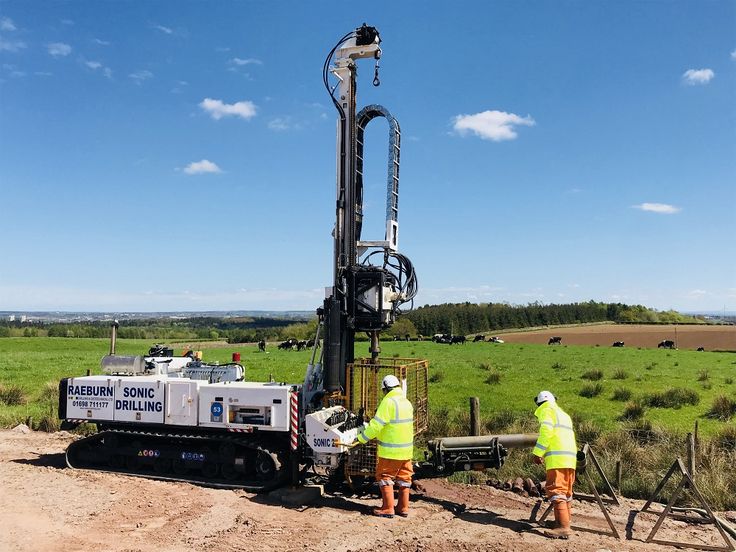In the world of engineering and construction, detailed site investigations (DSIs) are crucial for assessing the geological, environmental, and structural characteristics of a site. As we move into an era defined by technological advancements and increasing regulatory demands, the methods and practices surrounding DSIs are evolving rapidly detailed site investigation. Here, we explore the future trends that professionals in the field need to be aware of to stay ahead.

1. Integration of Advanced Technologies
a. Remote Sensing and Drones
The use of drones for aerial surveys is transforming how site investigations are conducted. Drones equipped with high-resolution cameras and LiDAR technology can capture extensive site data quickly and efficiently. This technology not only reduces the time and costs associated with manual surveying but also provides high-quality topographical data that can inform project planning.
b. Geophysical Methods
Techniques such as ground-penetrating radar (GPR), electrical resistivity tomography (ERT), and seismic surveys are gaining popularity. These non-invasive methods allow for a comprehensive understanding of subsurface conditions without the need for extensive drilling. As technology improves, the accuracy and applicability of these methods will continue to grow, providing valuable insights earlier in the investigation process.
2. Data Analytics and Artificial Intelligence
The explosion of data generated during site investigations has led to a rising need for effective data management and analysis tools. Incorporating artificial intelligence (AI) and machine learning can help professionals analyze large datasets, identify patterns, and predict potential challenges.
a. Predictive Analytics
By utilizing predictive models, engineers can foresee issues such as soil instability or contamination risks. This proactive approach allows for more informed decision-making and helps mitigate risks before they escalate into significant problems.
b. Real-Time Monitoring
With the advent of IoT (Internet of Things) devices, real-time monitoring of site conditions is becoming increasingly feasible. Sensors can be deployed to track various parameters, from soil moisture levels to structural movements, providing continuous data that can inform ongoing site assessments.
3. Sustainability and Environmental Considerations
As sustainability becomes a priority in construction and engineering, detailed site investigations are increasingly focused on environmental impacts. This shift involves evaluating not only the geological and structural conditions of a site but also its ecological implications.
a. Contamination Assessments
Future DSIs will place greater emphasis on identifying and managing contaminated sites. Advanced screening techniques and ecological assessments will help ensure that potential risks to human health and the environment are adequately addressed.
b. Green Infrastructure
Incorporating green infrastructure considerations into DSIs is becoming standard practice. Investigating the potential for sustainable solutions, such as rain gardens or permeable pavements, will be crucial in urban development projects.
4. Enhanced Collaboration and Interdisciplinary Approaches
The complexity of modern projects necessitates a collaborative approach that integrates various disciplines, including geology, environmental science, and engineering. This trend will lead to:
a. Multi-Disciplinary Teams
As projects become more intricate, teams composed of professionals from different backgrounds will work together more closely. This collaboration can enhance the quality of investigations and ensure that all aspects of site conditions are thoroughly understood.
b. Stakeholder Engagement
Involving stakeholders early in the site investigation process will become increasingly important. Engaging local communities and regulatory bodies not only fosters transparency but also ensures that diverse perspectives are considered, leading to more sustainable outcomes.
Conclusion
The future of detailed site investigation is set to be shaped by technological advancements, a focus on sustainability, and collaborative approaches. As these trends continue to unfold, professionals in the field must stay informed and adapt to new methodologies and practices. By embracing these changes, we can enhance the quality and efficiency of site investigations, ultimately leading to safer and more sustainable construction practices.